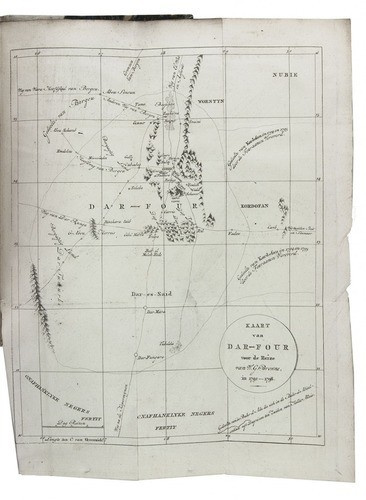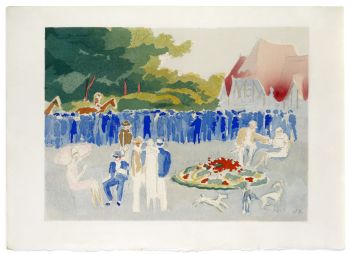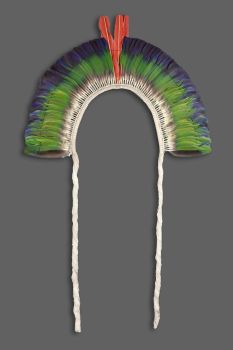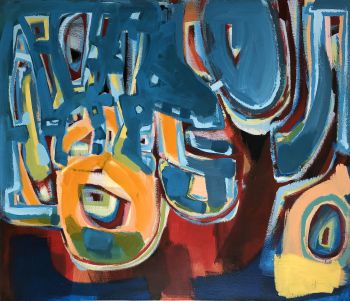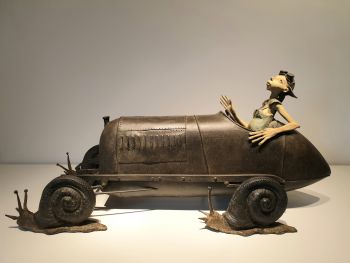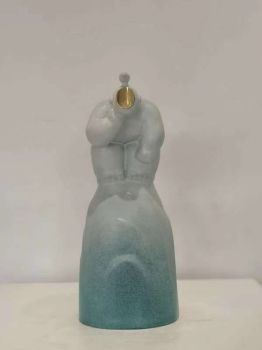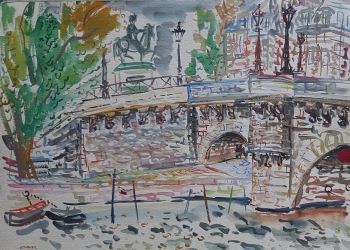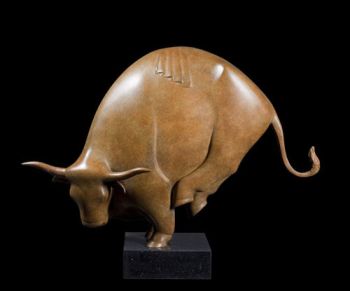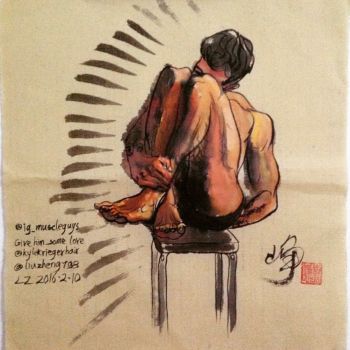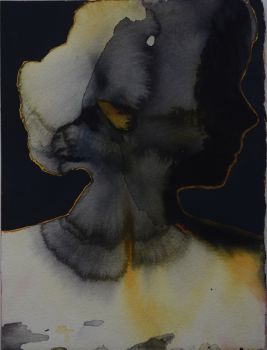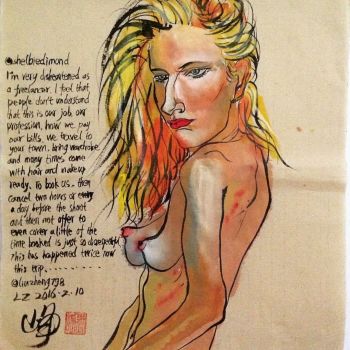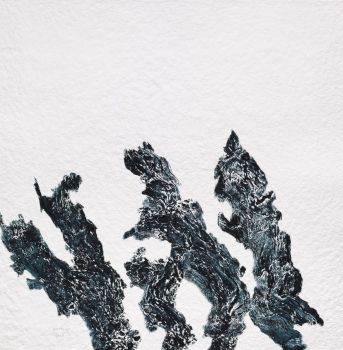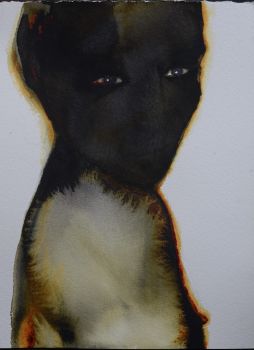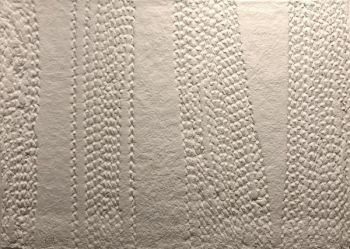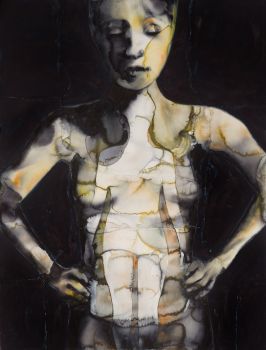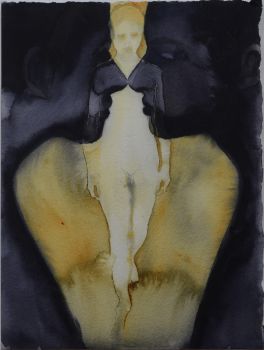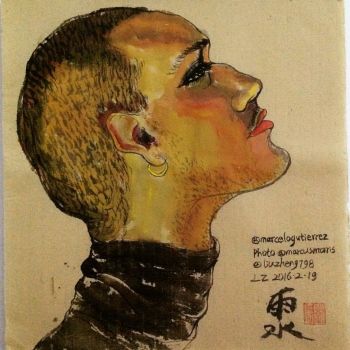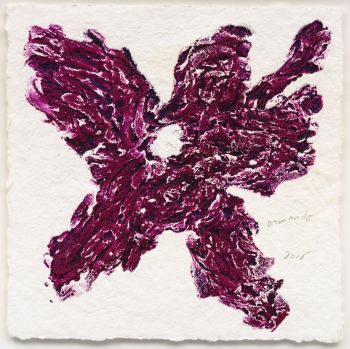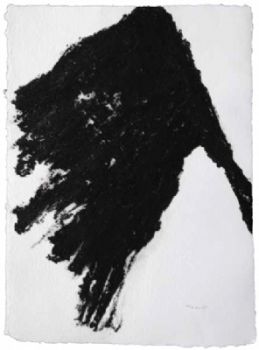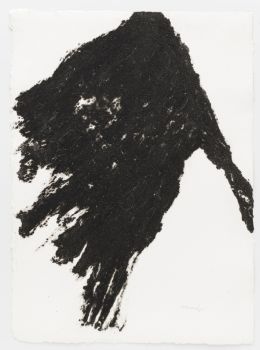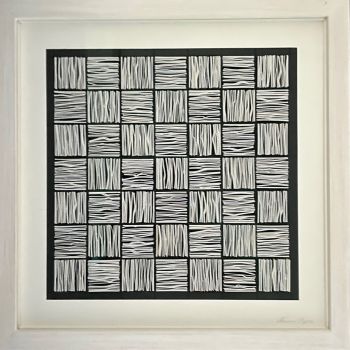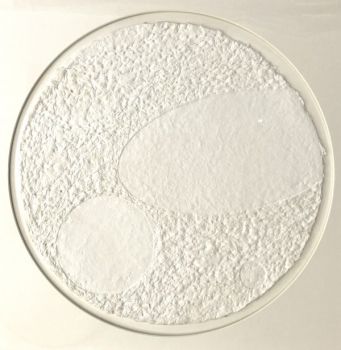Important account containing the earliest information on Darfur, written by the first European to d 1800
William George Browne
PaperHandmade paper
Currently unavailable via Gallerease
- About the artworkNieuwe reize naar de binnenste gedeelten van Afrika, door Egypte, Syrie en Le Dar-four, ... gedaan in den jaare 1792-1798.
Amsterdam, Johannes Allart, 1800.
2 volumes. 8vo. With 2 folding maps engraved by D. Veelwaard (ca. 32 x 24 cm and 43 x 40 cm), a woodcut of a pyramid and some tables in text.
Modern half vellum.
The rare Dutch translation of an important work, containing the earliest information on Darfur (Sudan).
William George Browne (1768-1813), ''inspired by Bruce's travels, went to Egypt in 1792 hoping to explore the oases in the eastern Sahara and to journey to the source of the White Nile. He reached El Fashur in Darfur and was the first Englishman to explore the temple of Jupiter Ammon at the Oasis of Siwa. These deserts were not explored again until 1848 when Bayle St. John travelled through them. Browne was the first European to describe Darfur, which he reached with a Sudanese caravan in 1793. He was imprisoned there by the Sultan of Darfur. In 1796 he reached Egypt again by caravan and eventually returned to England via Syria and Constantinople. From 1800 to 1802 Browne travelled again in Turkey and the Levant. Some information gained at that time was published in Walpole's Memoirs. In 1812 he left England with the intention of travelling through Persia to Tartary, but was murdered by bandits in Persia'' (Blackmer).
The maps show Darfur and the route of the Sudanese caravan travelling from Egypt to Darfur as well as the tracks (of which one coloured) for slave traders from Darfur to surrounding countries.
In very good condition and wholly untrimmed, with owner's stamp on both title-pages. Scarce Dutch translation of an important work containing the earliest information on Darfur.
Cox I, p. 394; Howgego, to 1800, B170; Ibrahim-Hilmy I, p. 91; cf: Atabey 156; Blackmer 219-220. - About the artistWilliam George Browne (1768, London – 1813, Iran) was a British traveller in Central Africa and the Middle East. He studied at Oriel College in Oxford. When he left the university, he wanted to apply himself to literary activities but soon he decided to be explorer in Central Africa. In 1792 he arrived at Alexandria in Egypt and visited the Oasis of Siwa, celebrated for its oracle temple of Zeus Ammon. During this year he studied Arabic and examined the ancient ruins in Egypt. In 1793 he left for Darfur, a Muslim sultanate, nowadays a part of Sudan. Browne was the first European to describe Darfur. He was forcibly taken into custody there by the sultan and suffered much hardship. He was permitted to return to Egypt in 1796. Next he stayed a year in Syria and arrived in Lonon in 1798. From 1800 to 1802 Browne spent three years in Greece, Asia Minor and Sicily. In 1812 he intended to travel from England tot he city of Samarkand, now in Uzbekistan, but was murdered by robbers on the road from Tabriz to Teheran. Browne published his Travels in Africa, Egypt and Syria (from the years 1792 to 1798) in 1799 (enlarged edition 1806). His works, written in a dry style, give a positive image of islamic culture.
Artwork details
Category
Subject
Material & Technique
Related artworks
Tilmanus Nicolaus Maastricht
Missale Romanum with Dutch silver mounts1788 - 1792
Price on requestJacob J. Roosjen SRI
Engelbert Kaempfer
ENGELBERT KAEMPFER BOOK1651 - 1716
Price on requestZebregs & Röell - Fine Art - Antiques
Antonie Derkinderen
Memory book Exhibition of Dutch Painting1892
Price on requestKunsthandel Pygmalion
Antonie Derkinderen
Memory book Exhibition of Dutch Painting1892
Price on requestKunsthandel Pygmalion
Engelbert Kaempfer
ENGELBERT KAEMPFER BOOK1651 - 1716
Price on requestZebregs & Röell - Fine Art - Antiques
Hermann Nitsch
"UNDER MY SKIN" Signed book incl. small artwork and DVD in a matching box2010 - 2014
Price on requestGallerease Selected
1 - 4 / 22Unknown artist
A JURUNA TRIBE FEATHER HEADDRESS1900 - 1950
Price on requestZebregs & Röell - Fine Art - Antiques
Unknown artist
A JURUNA TRIBE FEATHER HEADDRESS1900 - 1950
Price on requestZebregs & Röell - Fine Art - Antiques
1 - 4 / 24- 1 - 4 / 24

